Description
The Florida Cranberry, also known as Roselle or Hibiscus Sabdariffa, is an enchanting tropical plant with a rich history and captivating presence. Despite its name, it isn’t related to traditional cranberries, but is a relative of Okra. Originating from the vibrant lands of West Africa, this resilient plant found its way to North America during the 16th Century. To cultivate this Botanical Edible in Georgia’s fertile ground, provide it with a warm and sunny environment, ensuring well-drained soil for its roots to thrive.
With regular watering and tender care, the Florida Cranberry will reward you with its stunning red calyxes. These tart and tangy fruits can be transformed into delightful hibiscus tea, bringing a touch of tropical elegance to your cup. They can also be turned into delicious jams, jellies, and sauces, adding a burst of flavor to your culinary creations. They can even be fermented into a wine! Embrace the charm of the Florida Cranberry, allowing its beauty and versatility to inspire you as you embark on a journey of gardening wonder.
Growing Tips:
To successfully grow the Florida Cranberry (Roselle) in Georgia’s four growing regions, follow these comprehensive guidelines:
Planting Depth: When transplanting seedlings, plant them at a depth of about 1/4 to 1/2 inch (~0.6 to 1.3 cm) into the soil.
Spacing: Allow for adequate spacing between plants to ensure air circulation and proper growth. Space the seedlings or transplants about 3 to 4 feet (0.9 to 1.2 meters) apart.
Sun Exposure: The Florida Cranberry thrives in full sun. It requires at least 6 to 8 hours of direct sunlight daily for optimal growth and flowering.
Soil Recommendations: These plants prefer well-drained soil with a slightly acidic to neutral pH level ranging from 6.0 to 7.0. Ensure the soil is rich in organic matter and has good moisture retention capabilities.
Watering Recommendations: Adequate watering is crucial for the Florida Cranberry, especially during dry spells. Water the plants regularly, aiming for moist but not waterlogged soil. Water deeply, allowing the top layer of soil to dry out between watering sessions. Aim to provide around 1 to 2 inches (2.5 to 5 cm) of water per week, adjusting based on weather conditions.
Optimal Climate: The Florida Cranberry thrives in Georgia’s warm and sunny climate. Plant Florida Cranberries in the late Spring and reap your harvest in the early Fall! Plants grow from seed to 6 feet in 3 to 4 months! The plant enjoys hot summers and can tolerate high humidity levels.
Recommended Growing Months:
- North (Blue Ridge Mountains) Region: Due to cooler temperatures, start the seeds indoors or in a controlled environment to extend the growing season. Transplant the seedlings after the danger of frost has passed, and protect them from late spring frosts. Harvest the calyces in late summer or early fall, around 90 to 100 days after planting.
- Central (Piedmont) Region: Start the seeds indoors or in a greenhouse to give them a head start before the last frost date. Transplant the seedlings after the danger of frost has passed, usually in early spring. Harvest the calyces in late summer or early fall, around 90 to 100 days after planting.
- Southern Region: Directly sow the seeds outdoors after the threat of frost has passed. The warmer climate allows for an extended growing season. Harvest the calyces in late summer or early fall, approximately 90 to 100 days after planting.
- Coastal Region: Plant the Florida Cranberry outdoors after the last frost date, typically in early spring. The growing season extends into the fall months. Harvest the calyces, which are the fleshy red parts surrounding the seeds, starting around 90 to 100 days after planting.
By following these guidelines and ensuring proper care, you can enjoy the vibrant beauty and culinary delights of the Florida Cranberry (Roselle) in each of Georgia’s growing regions. Proper monitoring of pests and diseases is also essential to address any issues promptly. Happy growing!
Recommended Planting Dates:
Do not feel restricted to planting exclusively within the following date ranges. These dates are only a recommendation for best results based upon our experience, research, & best practices.
North Georgia: April 10 THROUGH September 1.
- Suggested Spring Planting Window (Starting Seeds & Transplants): April 10 through June 1
- Suggested Fall Planting Window (Starting Seeds & Transplants): June 1 through July 1
Central Georgia: April 1 THROUGH September 15.
- Suggested Spring Planting Window (Starting Seeds & Transplants): April 1 through June 1
- Suggested Fall Planting Window (Starting Seeds & Transplants): June 1 through July 15
South Georgia: April 1 THROUGH September 30.
- Suggested Spring Planting Window (Starting Seeds & Transplants): April 1 through June 1
- Suggested Fall Planting Window (Starting Seeds & Transplants): June 1 through July 15
Coastal Georgia: March 15 THROUGH September 30.
- Suggested Spring Planting Window (Starting Seeds & Transplants): March 15 through June 1
- Suggested Fall Planting Window (Starting Seeds & Transplants): June 1 through August 1
What’s my Georgia Growing Region? Click Here.

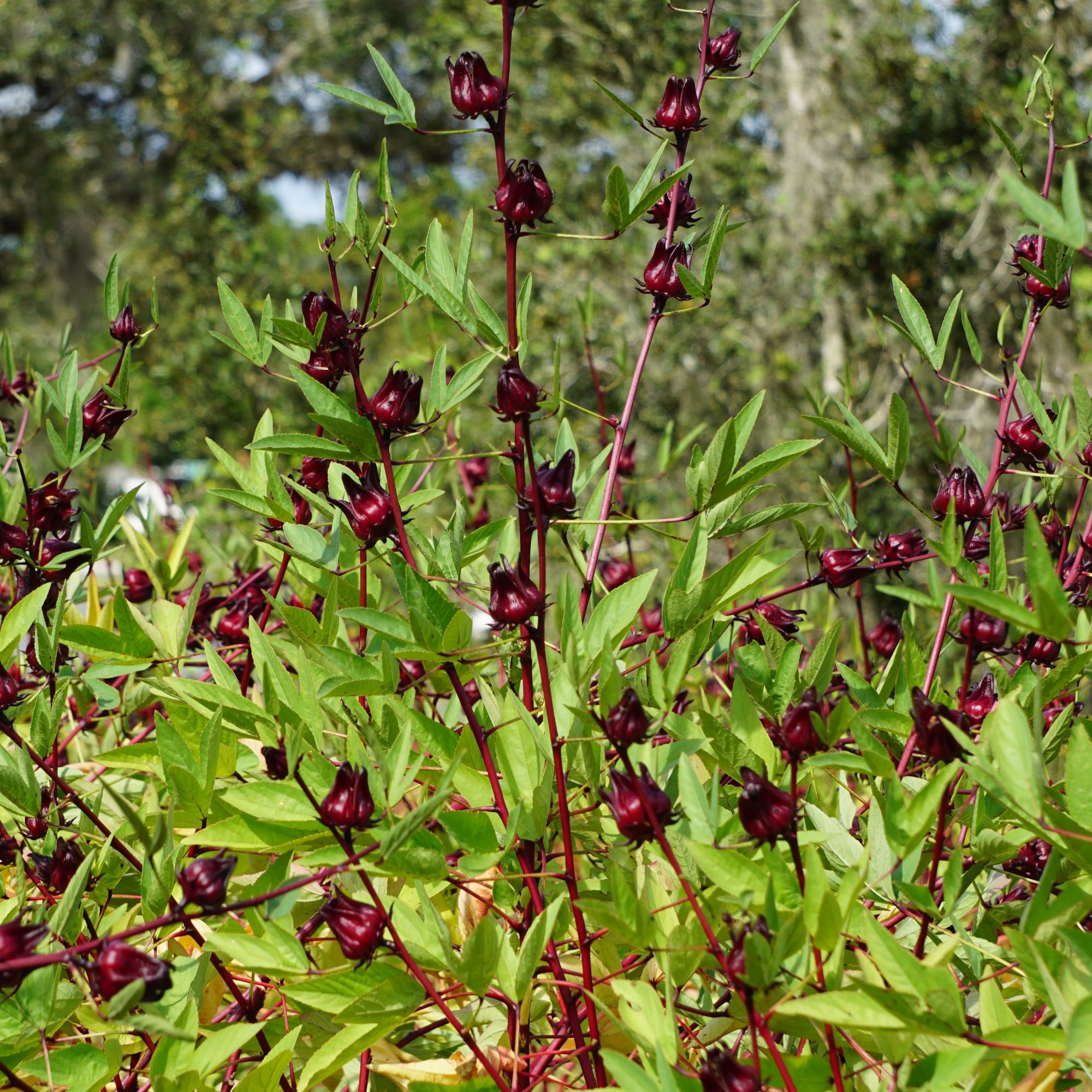
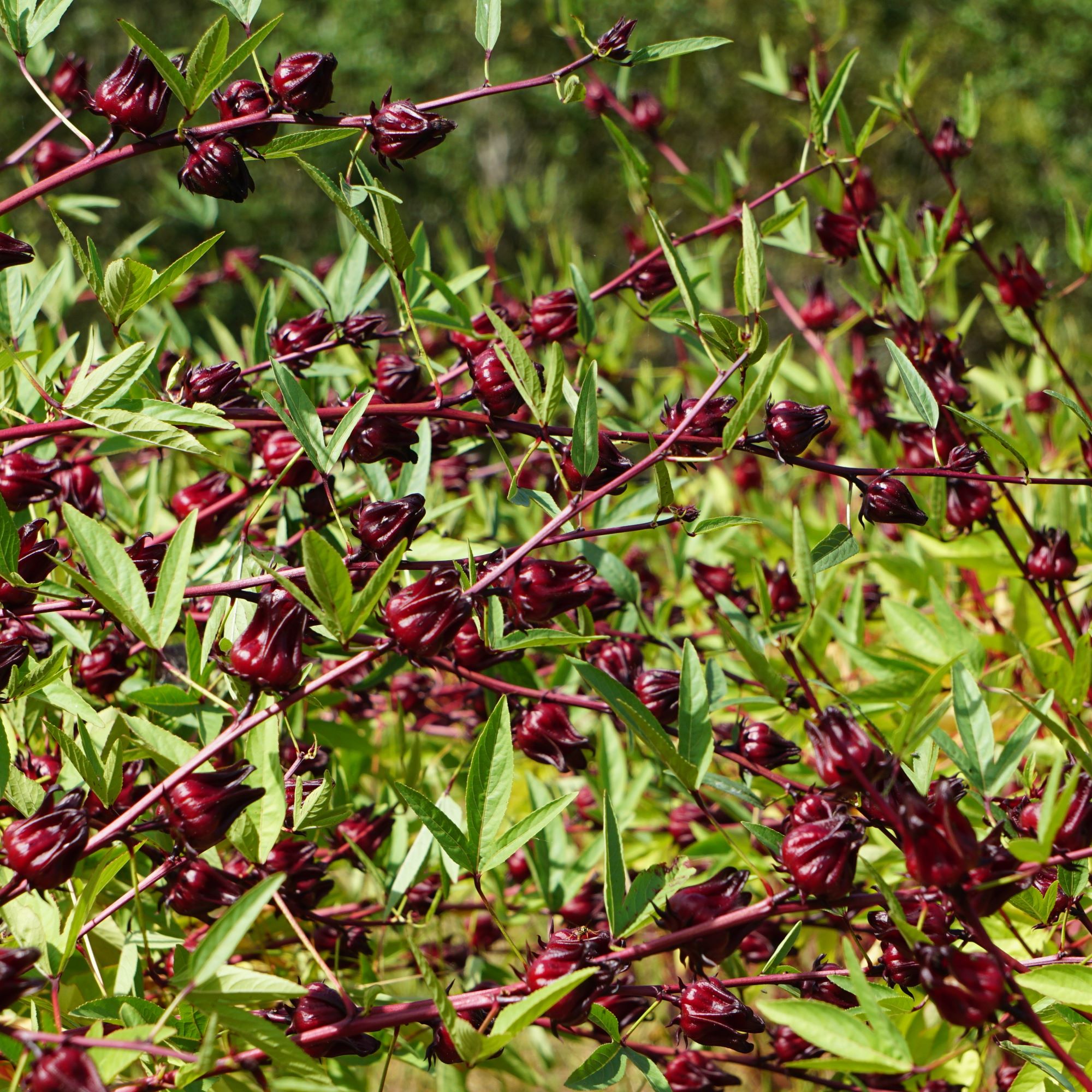
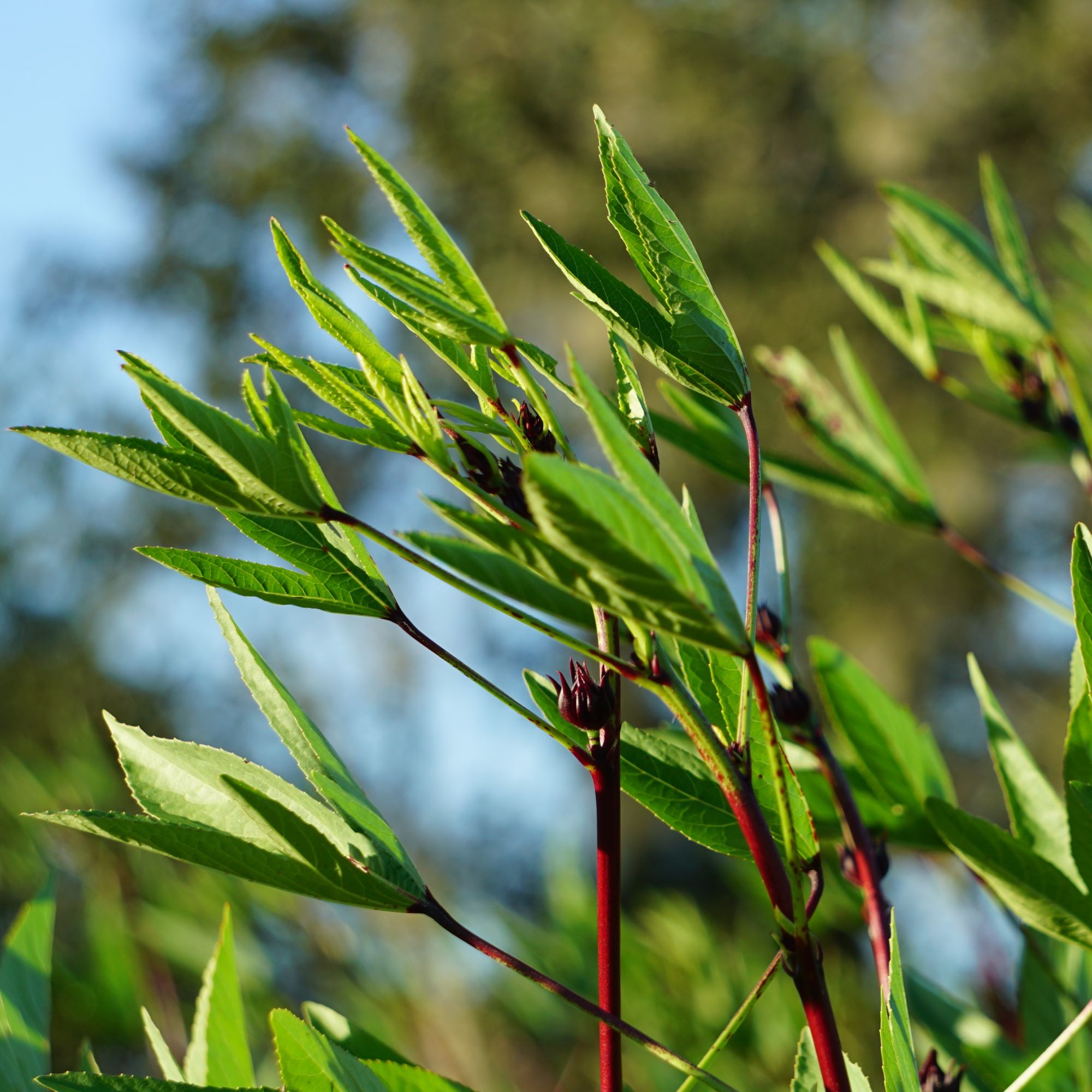
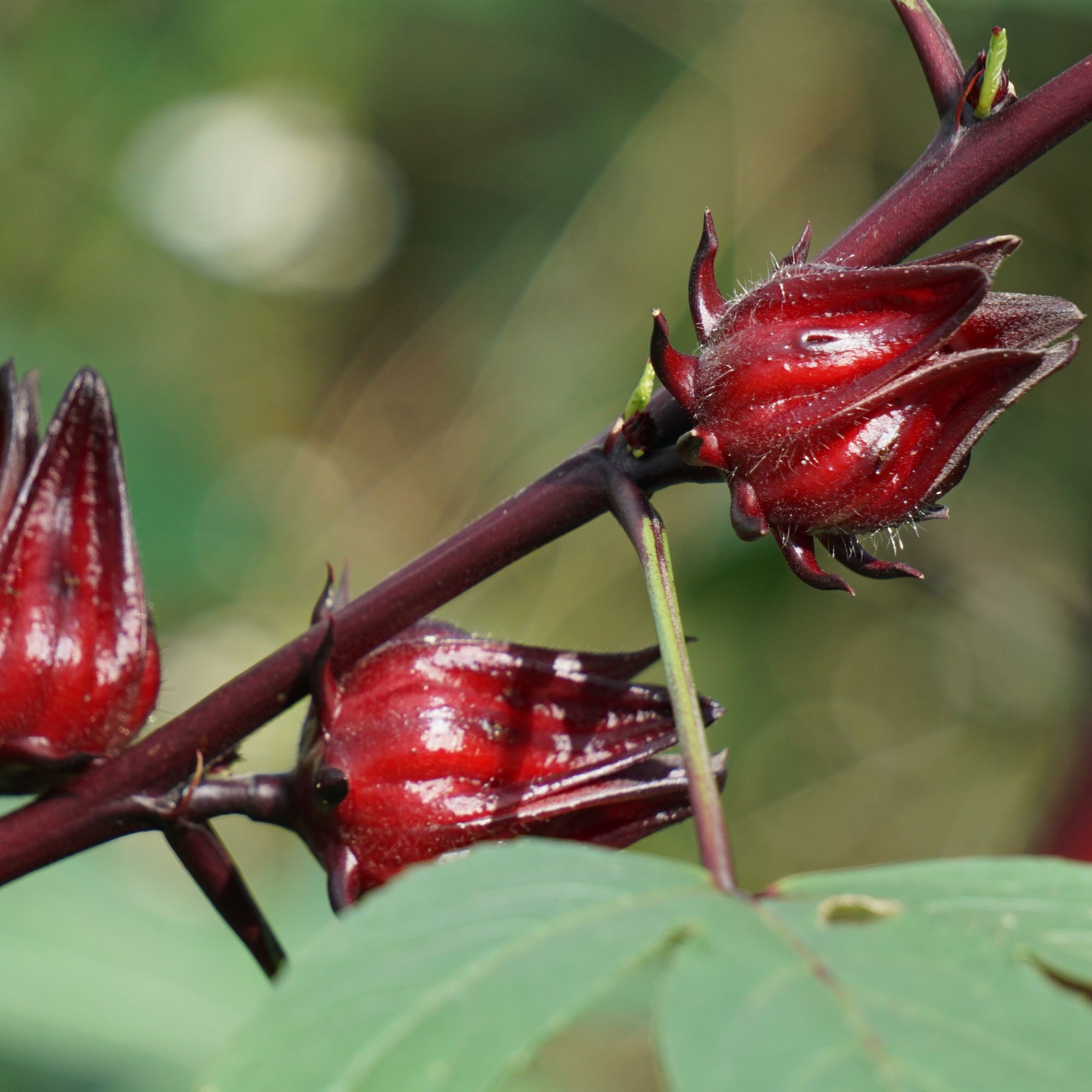
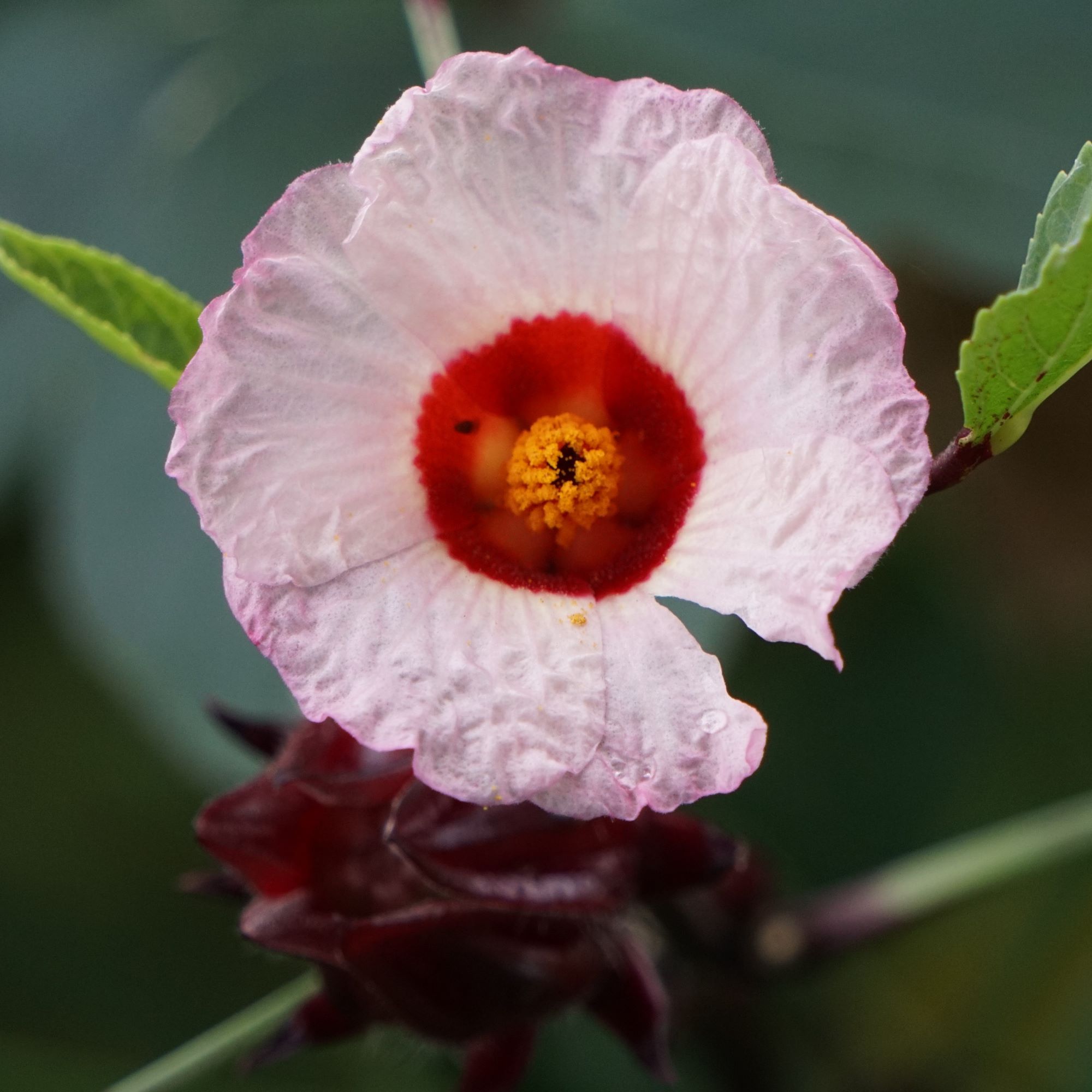
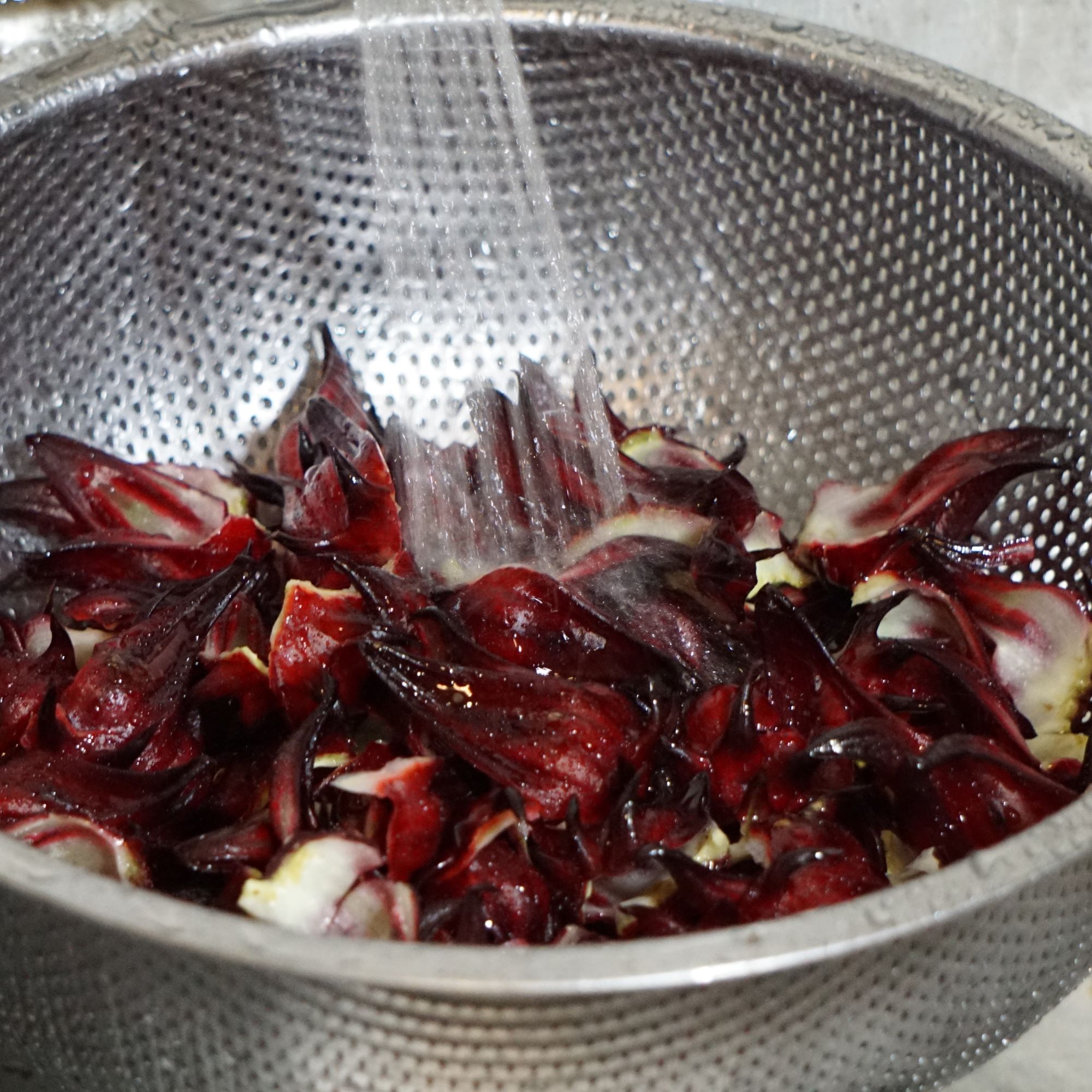
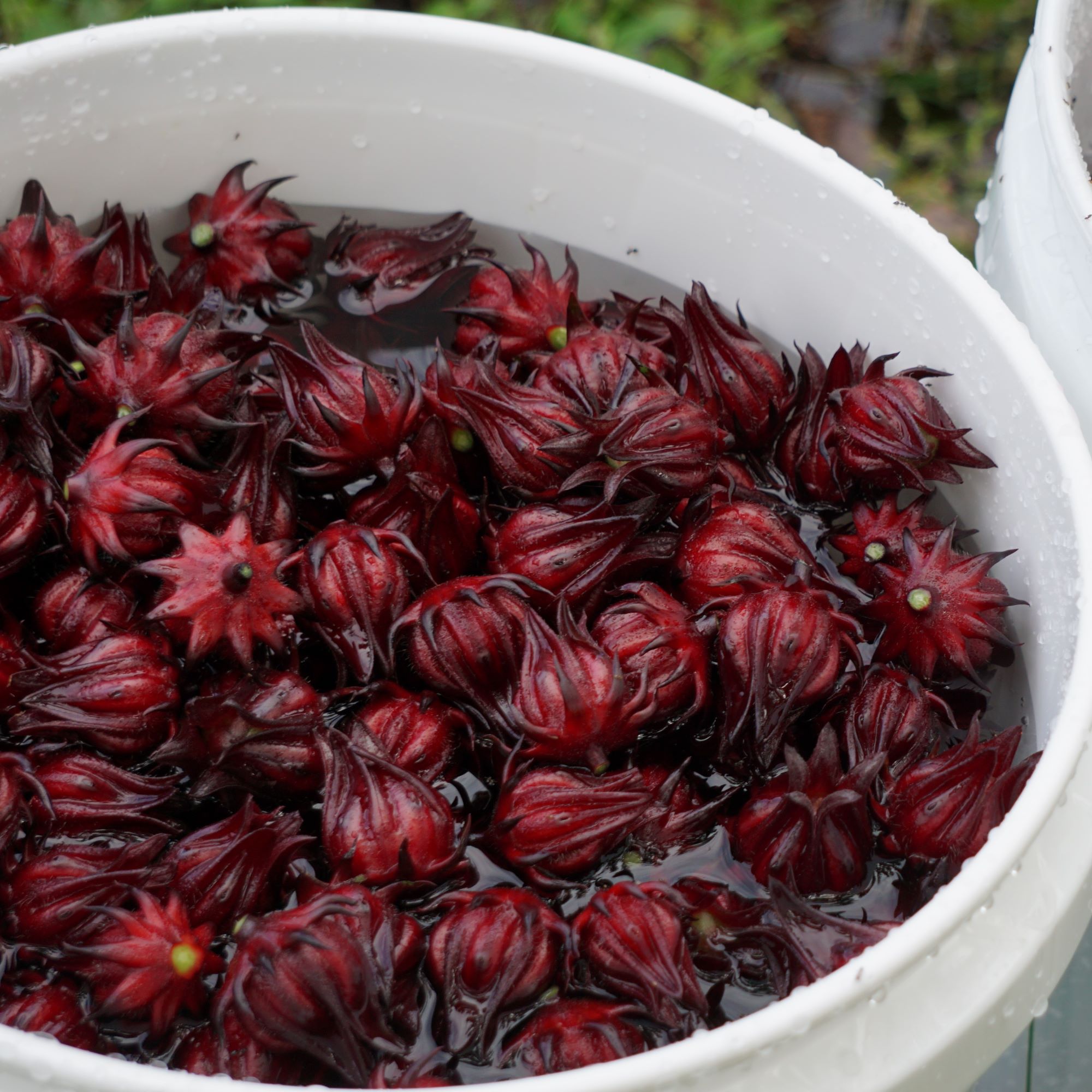
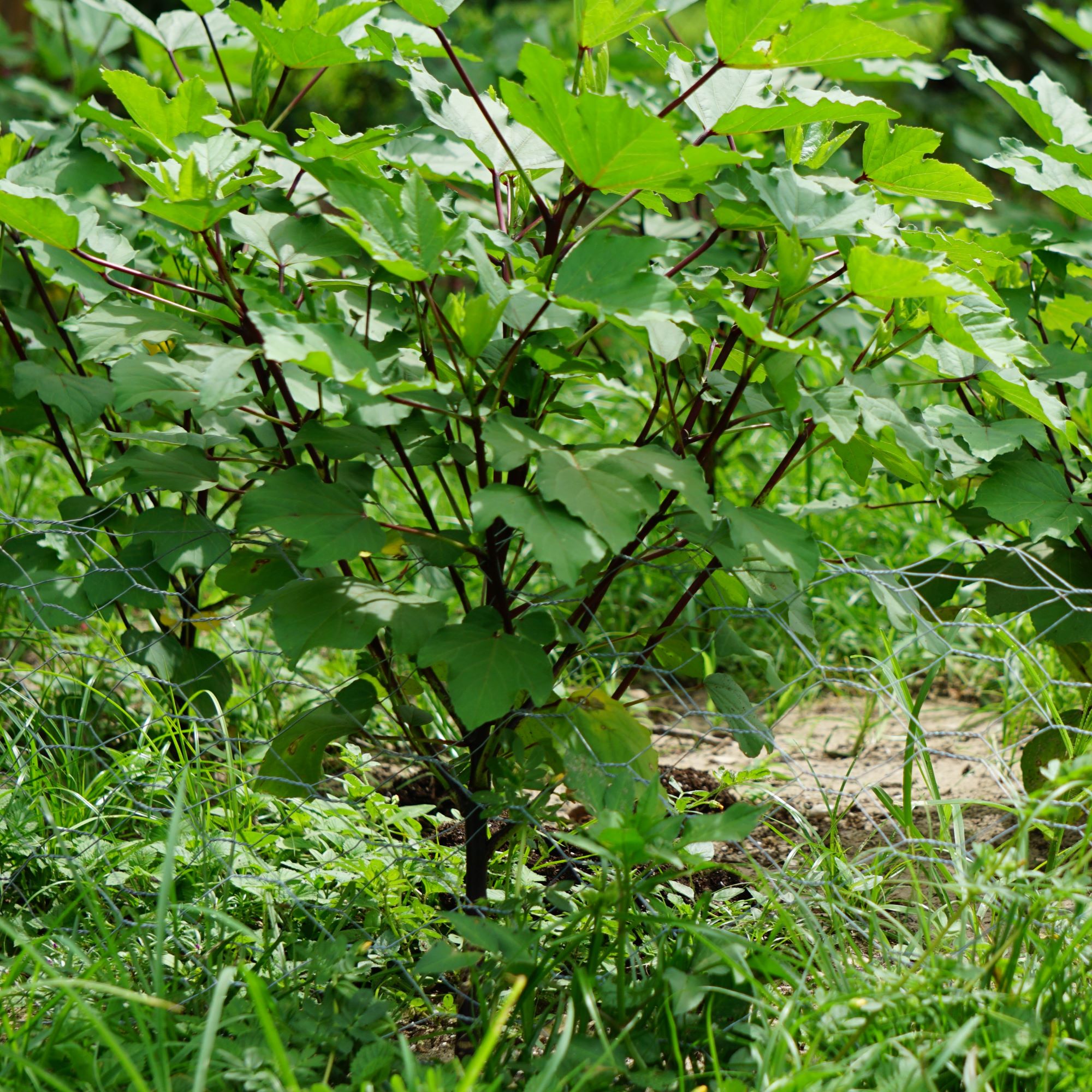
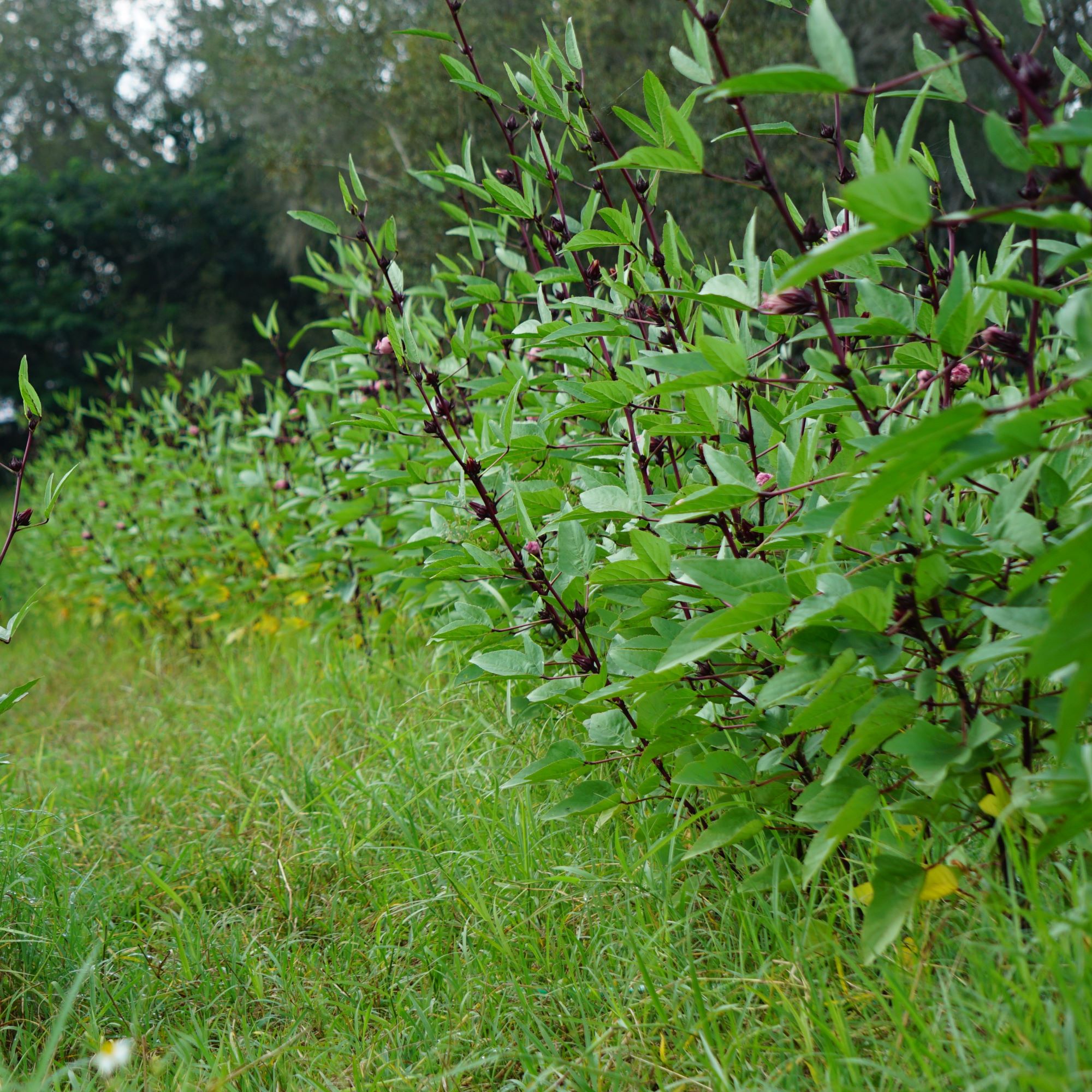
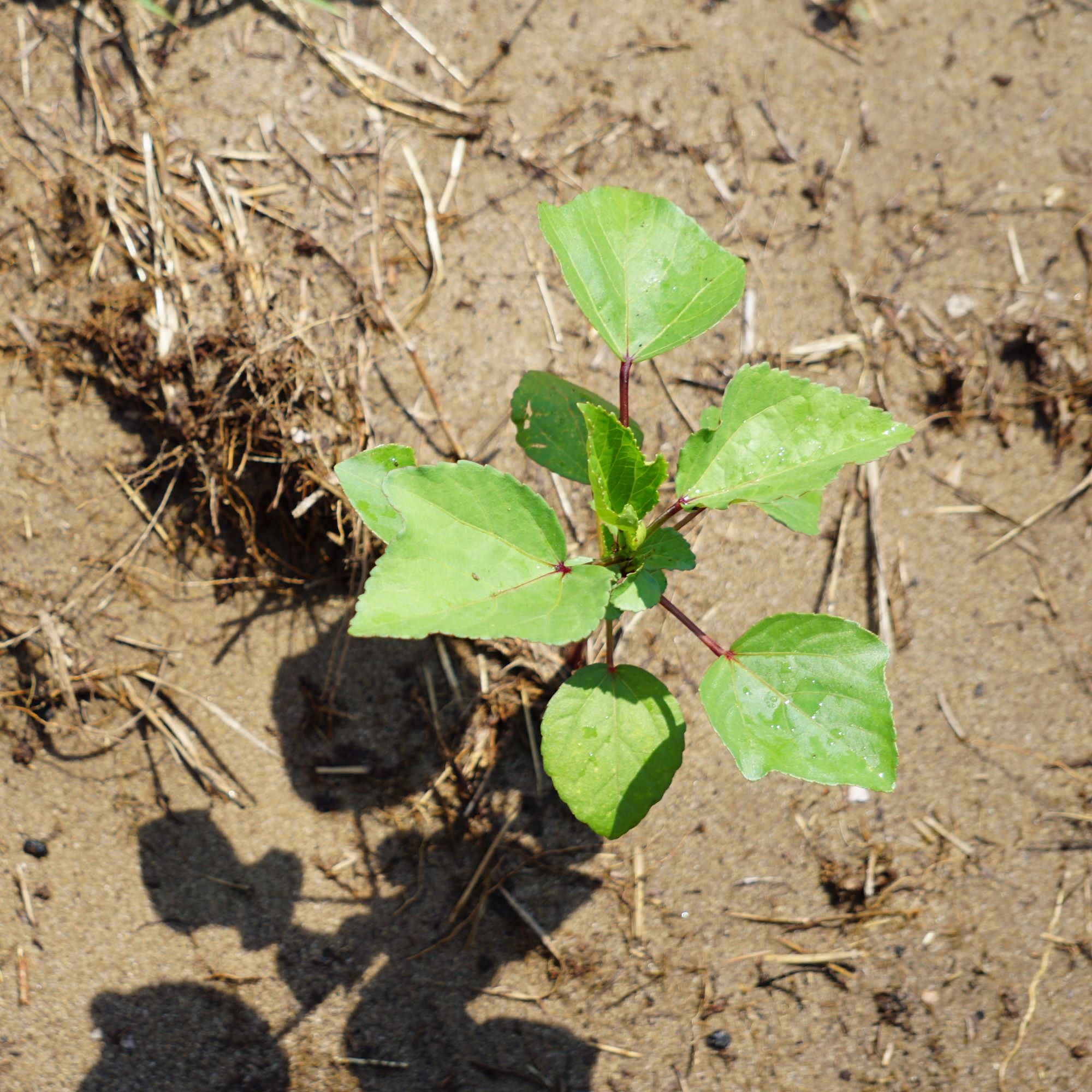
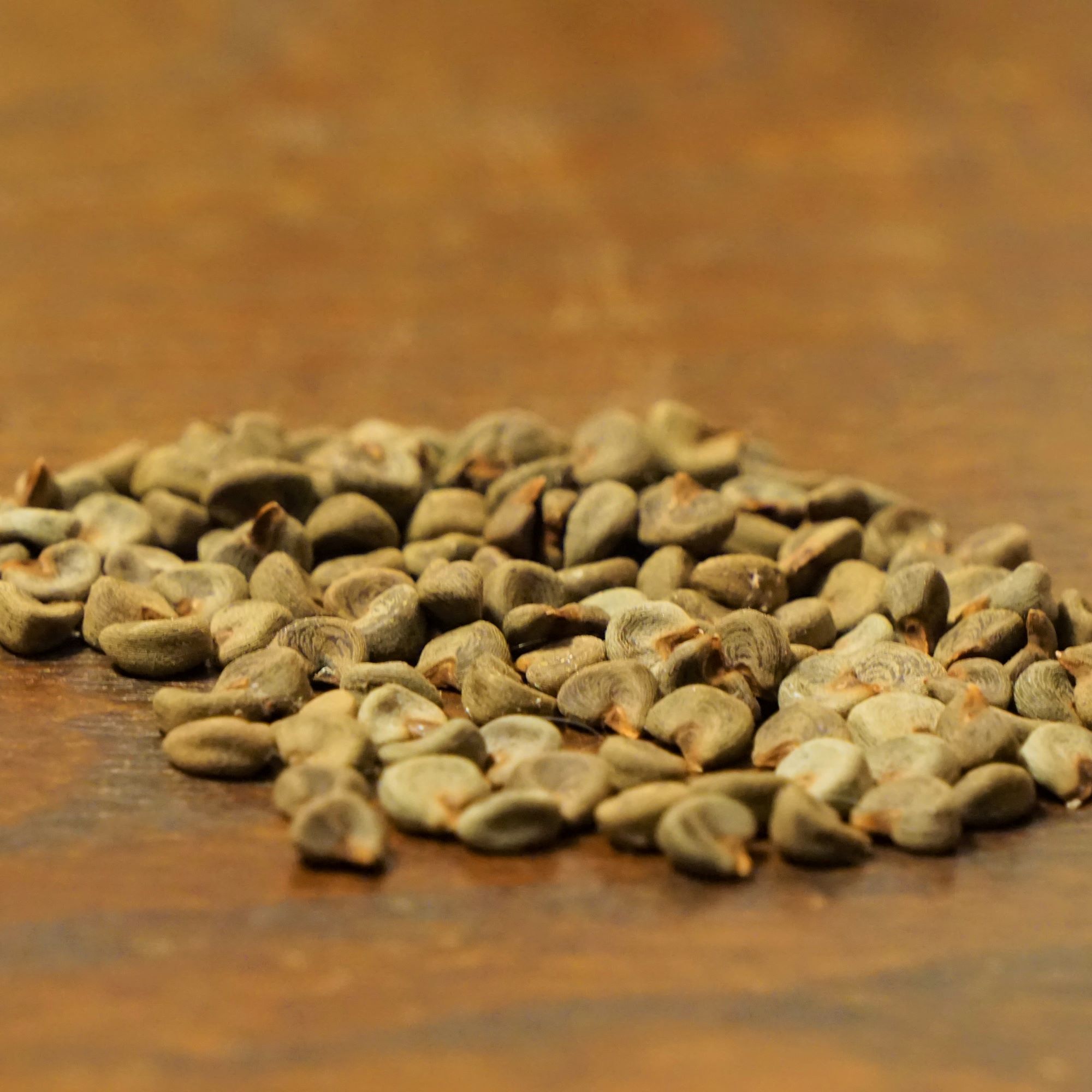
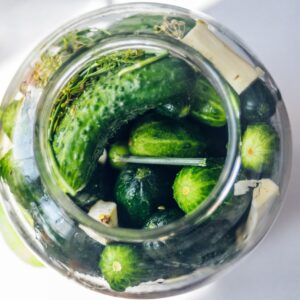
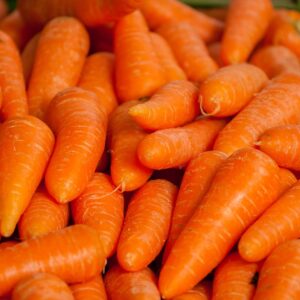

Reviews
There are no reviews yet.